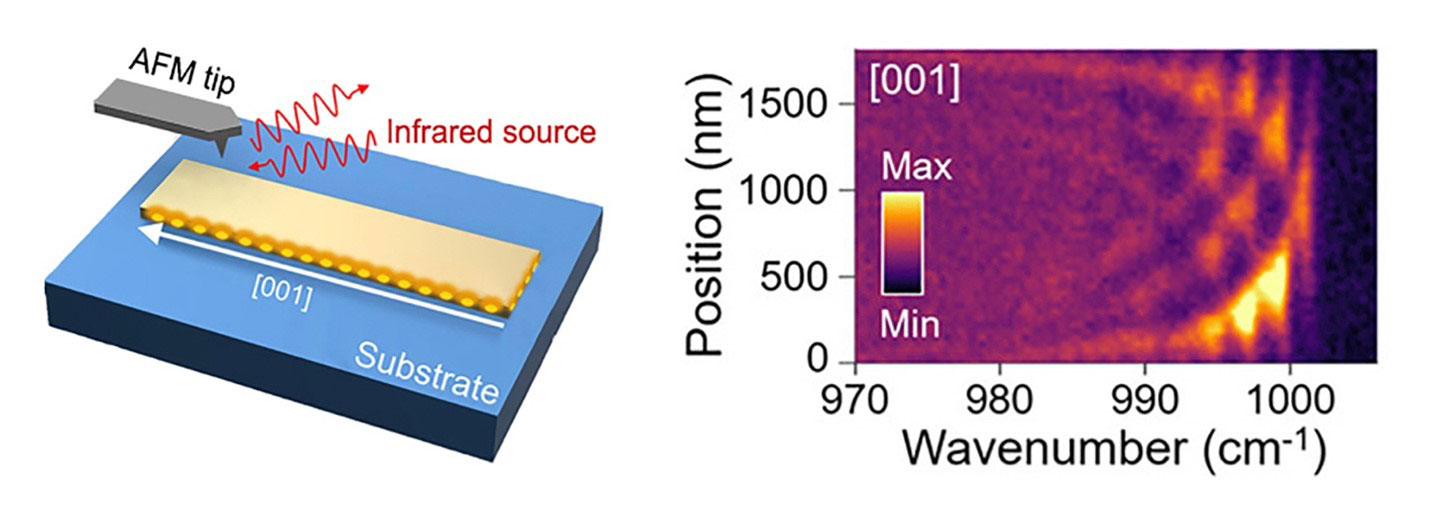
Researchers Use a Novel Approach to Design a COVID-19 Antiviral Drug
Solving atomic structure and binding for improved antiviral drugs.

Solving atomic structure and binding for improved antiviral drugs.

New gate design leads to fast coherent control of novel electromagnonics devices.

Synthetic peptide assemblies show promise as bioelectronic materials.

Covering metal catalyst surfaces with thin layers of oxide materials can enhance chemical reactions.

Crystalline nanoribbons synthesized to resonate with infrared light for imaging, sensing, and signaling pass a crucial test.

Machine learning methods support human operators in diagnosing and fixing failing subsystems in an accelerator-driven X-ray laser.

Experiment at Oak Ridge National Laboratory’s High Flux Isotope Reactor precisely measures the antineutrino energy spectrum.

A molecule found in combustion on Earth and surrounding some stars can lead to the formation of an important organic hydrocarbon.

A tungsten carbide catalyst can produce a hydrocarbon from carbon dioxide at high rates and high efficiency.

Ultrafast X-ray studies reveal the existence of Superionic Ice XIX, which could explain the unusual magnetic fields of icy giant planets.

Scientists freeze and cut a battery in half to look inside and reveal why it fails.

Understanding defects paves the way for longer lifetimes for sodium-ion batteries -- and lower energy storage costs.